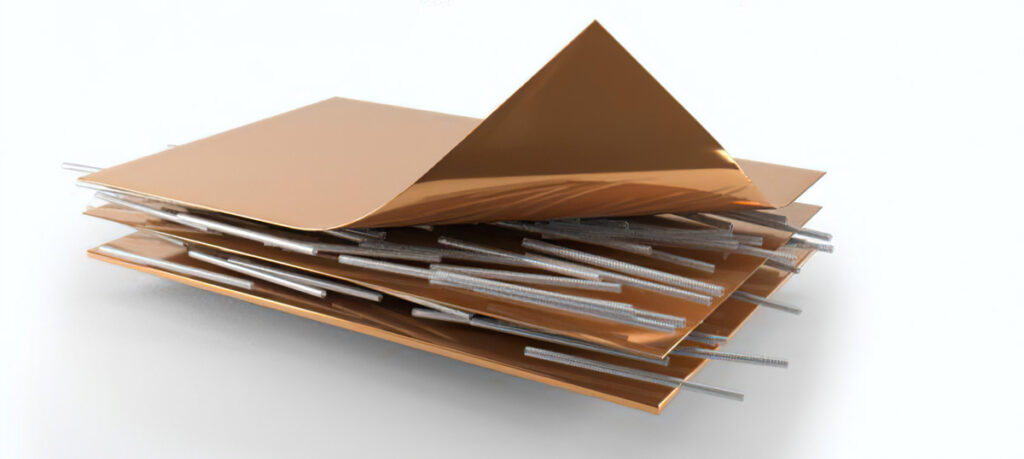Nanotubes boost copper wiring

Researchers at Oak Ridge National Laboratory in the US have created a composite that increases the electrical current capacity of copper wires (writes Nick Flaherty).
The research aims to boost the performance and life of components such as electric motors and power electronics. The carbon nanotube (CNT) material can be deployed in any component that uses copper, including busbars and connectors for EV traction inverters, as well as for applications such as wireless and wired charging systems.
The researchers deposited and aligned CNTs on flat copper substrates, resulting in a metal-matrix composite with a better current handling capacity and mechanical properties than copper alone.
They used electrospinning, a commercial method of creating fibres as a jet of liquid moves through an electric field, to create the CNTs. The technique provides control over the structure and orientation of deposited materials, which aligns the CNTs in one direction.
The team then used magnetron sputtering, a vacuum coating technique, to add thin layers of copper film on top of the CNT-coated copper tapes. The coated samples were then annealed in a vacuum furnace to produce a highly conductive copper-CNT network by forming a dense, uniform copper layer and to allow diffusion of copper into the CNT matrix.
Using this method, the researchers created a copper-CNT composite that is 10 cm long and 4 cm wide. They say it has 14% greater current capacity and is 20% stronger than pure copper.
ONLINE PARTNERS































